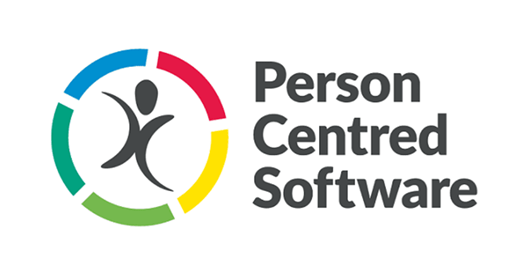
Watch how Person Centred Software's digital care management system helps to support dementia care:
https://www.youtube.com/watch?v=uUE26qyQ7nY
Published in The Carer, Care Home Professional
By Jonathan Papworth, co-founder and director of Person Centred Software
September marks the 10th edition of the vital global awareness-raising campaign - World Alzheimer’s Month. Every year, people come together from all around the world to bring attention to dementia and challenge the stigma that exists around the condition.
According to the Alzheimer’s Society, there are currently around 850,000 people living with dementia in the UK. However, this is projected to rise to 1.6 million by 2040. With about 70 per cent of care home residents living with dementia, care providers are continuously looking for ways to adapt to the expected rise in numbers, so that caregivers can continue delivering the best dementia care possible.
One solution is technology. Technology is constantly improving, after all, making it one of many reasons why care providers continue to implement innovative solutions to improve their quality of care.
Digital care management systems, for example, are becoming the hub of all information that disparate technologies create, informing care providers of everything they need in a single application. Caregivers are now able to access an array of information about a resident living with dementia from the palm of their hand, as well as evidence assessments at the point of delivery.
Specialist functions, such as our ‘Who I Am’ feature, can utilise an assessment plan, capturing all kinds of information about the resident. For example, whether they have any cognitive impairments. This allows care staff to provide a person-centred care plan and pathway. It notifies care staff and those in a social care setting who interact with individuals living with dementia, on how they should treat and communicate with them. Of course, dementia is a complex condition, and no two people living with dementia are the same. Therefore, care homes should provide staff with personalised insight into each individual's condition and care needs rather than putting everyone in the same dementia ‘box’, which isn’t helpful, practical or ethical.
Good digital dementia care technology serves as a portal into the life of the individual, allowing care staff to extract information to connect with the person on a meaningful level and offer the utmost care they require. By using technology to document a resident’s life events, mental state and wishes for future care, digital care plans will naturally be more comprehensive and therefore instrumental to both the individual and the care provider.
Features around personal behavioural support plans are also beneficial, providing a greater understanding for the carer to determine how the resident behaves on a good day and, in contrast, what makes them feel sad or anxious. Keeping a record of these behaviours empower care staff to make swift and better interventions. For example, if a care home resident with dementia suffers from anxiety, there are digital tools that can provide information, such as that person’s favourite poem, that can be used to help calm them and aid with reminiscing; a core focus for someone with dementia.
Some recent case studies on care homes utilising technology to improve the quality of care for residents living with dementia include Priesty Fields Care Home in Congleton, Cheshire. Sue Stephens, Quality and Compliance Manager at Handsale, who runs the home, believes digital care technology has equipped staff with the tools to appropriately connect with the people in their care. “It’s about cementing to the families that our carers do have access to a plan and have the information to adequately care for an individual living with dementia.”
Looking to the future of dementia care, there will be an increase in IoT (Internet of Things) technologies within care homes. For example, there is a product in France that is worn as a watch but contains technology that can detect if the wearer has had a fall, with its primary benefit being to allow people to have more freedom. Another company based in Australia is using AI technology to identify the level of pain someone, living with dementia, is in. The aim is to reduce behavioural suppressant medication for people who are showing signs of challenging behaviour when it is caused by the pain they cannot communicate.
Ultimately, if we are to raise awareness and reduce the stigma that has persisted around dementia for far too long, then the adoption of technology is a necessary step to achieving such a utopia.







.webp?width=80&height=80&name=HTD%20Awards%202023%20Badge%20(4).webp)














